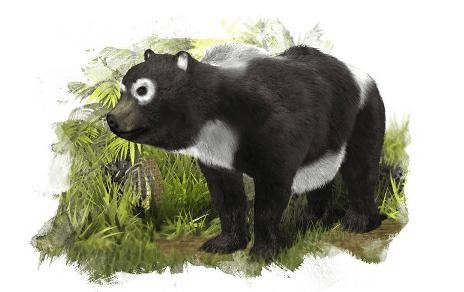Ancient Panda Related to Endangered Giant Panda Discovered in Spain

Fossilised remains of a primitive panda species genetically related to China's endangered giant panda have been discovered in Spain, a new study reveals.
A team of Spanish researchers, which included experts from the National Museum of Natural Sciences (MNCN-CSIC), found that the species Agriarctos beatrix was a small plantigrade omnivore related to the giant pandas.
The fossilised remains of the species have been discovered at the site of Nombrevilla 2 in the province of Zaragoza. Researchers at the MNCN-CSIC and the University of Valencia suggest that the creature lived during the Miocene period, 11 million years ago.
"This kind of bear was small, even smaller than the specimens of Malayan sun bear, the smallest found today. Must not exceed 60 kilograms of weight," said Juan Abella, a researcher in the department of paleobiology at MNCN-CSIC and first author of the study, published in the journal Geological Survey.
Although it is difficult to know their outward appearance because only fossilised teeth were found, scientists say the animal would have had a dark coat with white spots located mainly on the chest, around the eyes and possibly close to the tail.
"This pattern is considered primitive for the bears, similar to the giant panda, in fact, have such large spots that appear to be white with black spots," Abella said.
The causes that led to their extinction are yet to be determined.
© Copyright IBTimes 2024. All rights reserved.






